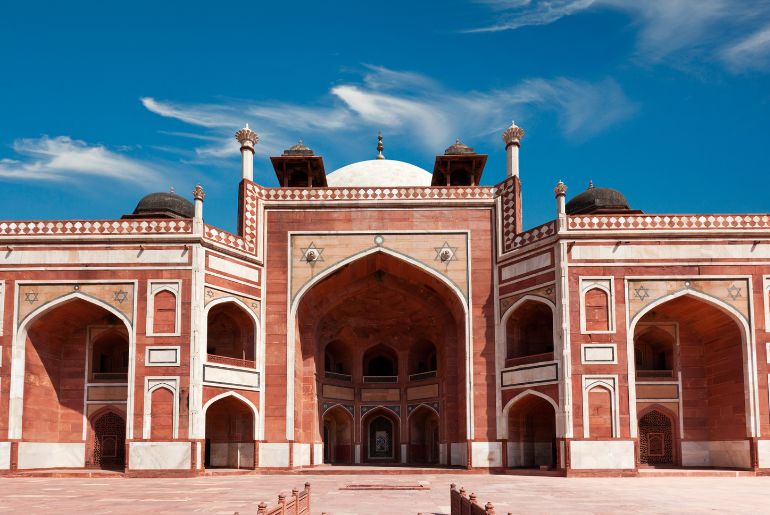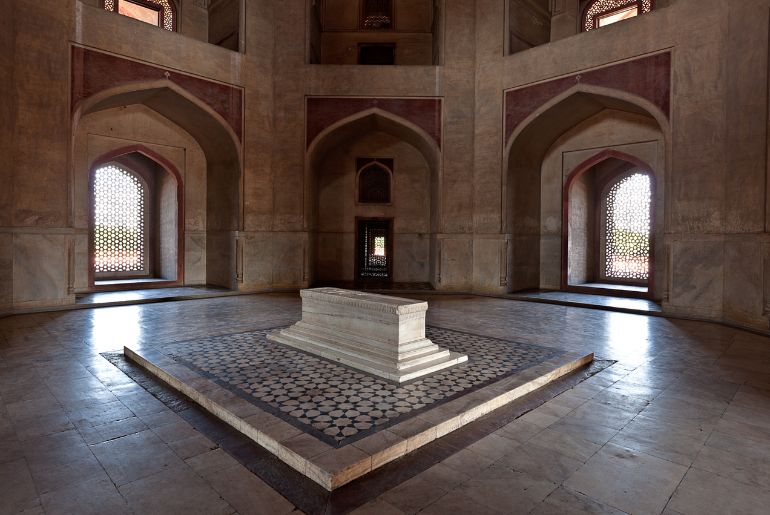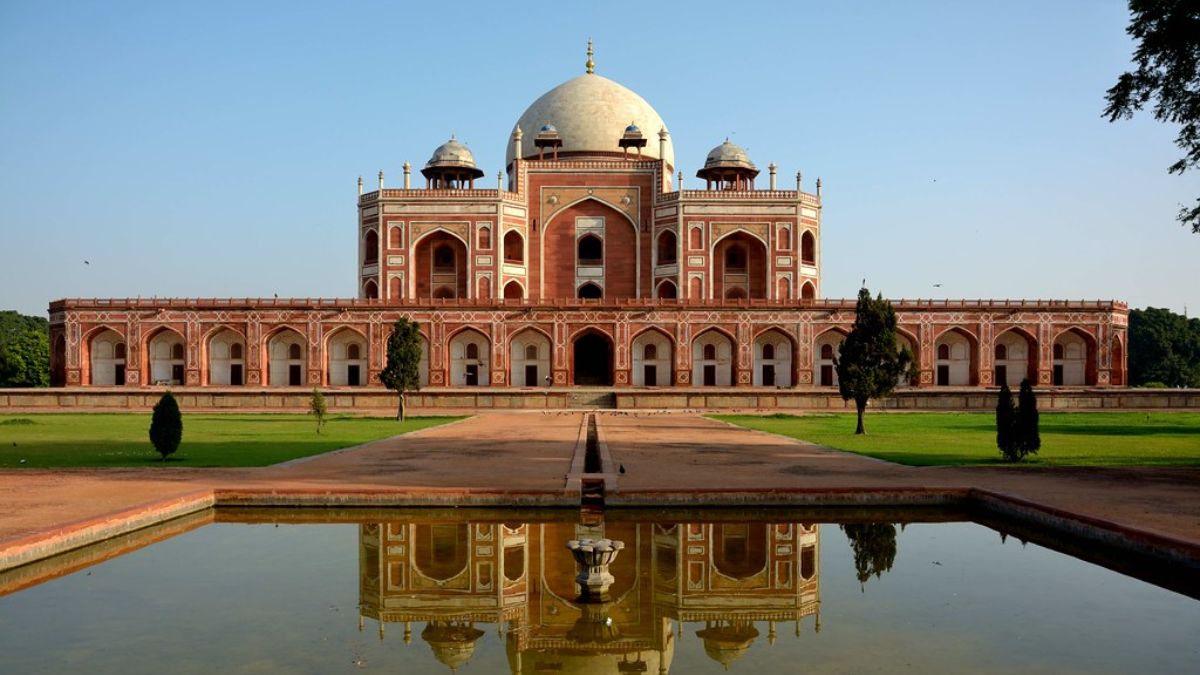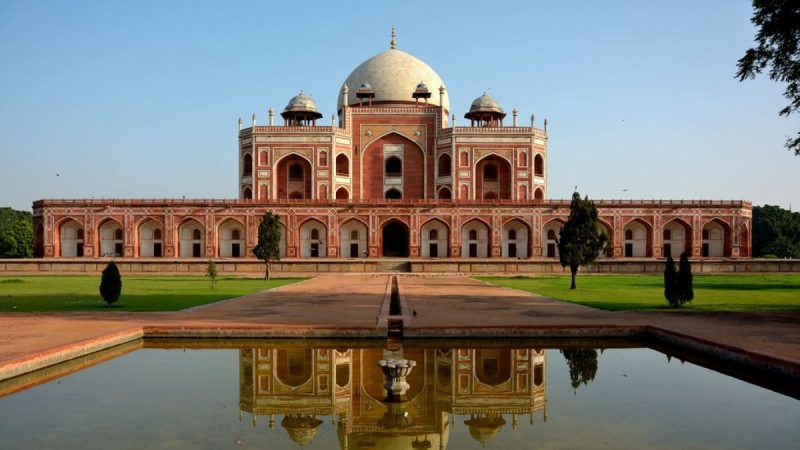India’s heritage is under transformation. The Ministry of Culture’s “Adopt a Heritage” scheme allows private entities to manage historic sites. Humayun’s Tomb, the Red Fort, Safdarjung’s Tomb, and Purana Qila are among the monuments handed to the Dalmia Bharat Group’s Sabhyata Foundation. Their proposals include adding restaurants, cafés, and entertainment facilities, sparking concerns among historians and conservationists.
Ministry Of Culture’s ‘Adopt A Heritage’ Scheme

The Sabhyata Foundation envisions a high-end dining experience at Humayun’s Tomb, one of Delhi’s iconic landmarks. The plan includes a restaurant in the southern gateway and a café atop the western entry gate, both accessible by elevators near the historic structures. The proposed changes also involve a sound and light show on the tomb’s western façade, as well as themed events and private dining in the complex’s gardens. These additions have been deemed inappropriate by conservation experts, who argue they risk damaging the heritage of this UNESCO World Heritage Site.
The adoption of Humayun’s Tomb by Dalmia Bharat comes after their controversial adoption of the Red Fort in 2018. In that year, Mahendra Singhi, the CEO of Dalmia Bharat, stated the company wanted to “integrate the Dalmia brand with India.” Critics argue that the brand’s influence has led to unwelcome changes at the Red Fort. The only museum dedicated to Mughal history there, housed in the Mumtaz Mahal, was shut down post-2018 and remains closed, although there are plans to reopen it eventually.
Themed Experiences At Humayun’s Tomb

The Sabhyata Foundation’s vision document seeks to create themed experiences at Humayun’s Tomb, highlighting topics such as Sufi philosophy, Humayun’s astronomical efforts, and Rajput women’s role in the Mughal empire. To accommodate these events, the foundation suggests relocating trees from the tomb’s char-bagh garden. Experts fear these changes could compromise the historical and cultural integrity of the site. The garden is integral to the tomb’s heritage, as it was the first of its kind in India and inspired other Mughal gardens, including that of the Taj Mahal.
Commercialisation has spread to other historical sites too. In March 2024, Dalmia Bharat signed a new MoU with the Archaeological Survey of India (ASI). It includes managing not only Humayun’s Tomb but also Purana Qila, Safdarjung’s Tomb, and Mehrauli Archaeological Park. The ASI has signed 19 MoUs with various corporate entities for 66 monuments across the country. ASU granted Dalmia Bharat permission for commercial activities at these heritage sites.
Also Read: With Spring Comes China’s Qingming Festival, A Tomb Sweeping Tradition; What It Is, Dates & More
The Ancient Monuments and Archaeological Sites and Remains Act, of 1958, allows the ASI to accept voluntary contributions for monument maintenance. The “Adopt a Heritage” scheme now seems to have shifted from a corporate social responsibility (CSR) model to a business model.
Cover Image Courtesy: Flickr
For more such snackable content, interesting discoveries and the latest updates on food, travel and experiences in your city, download the Curly Tales App. Download HERE. First Published: September 30, 2024 12:43 PM




